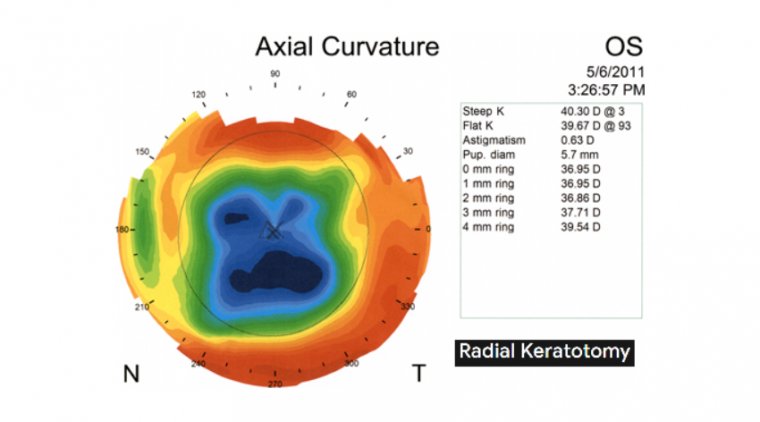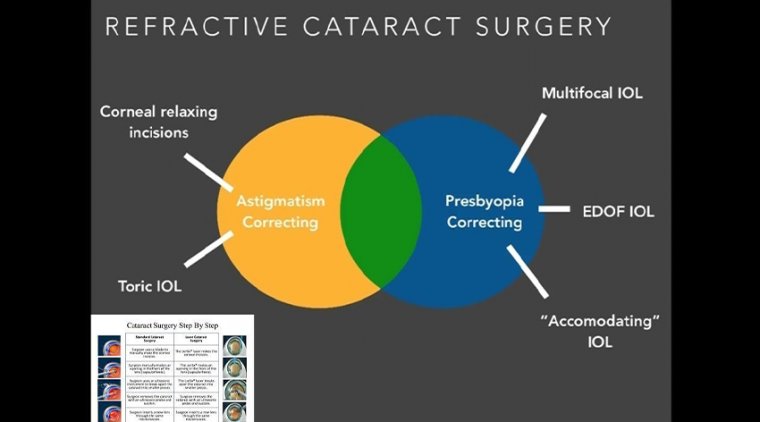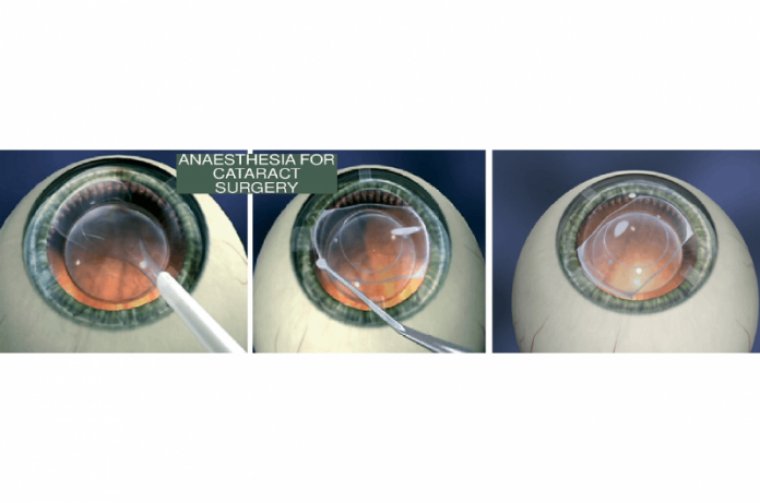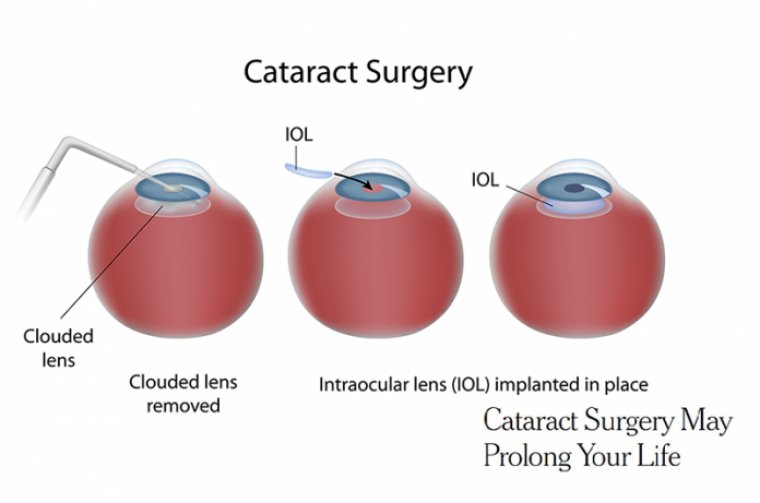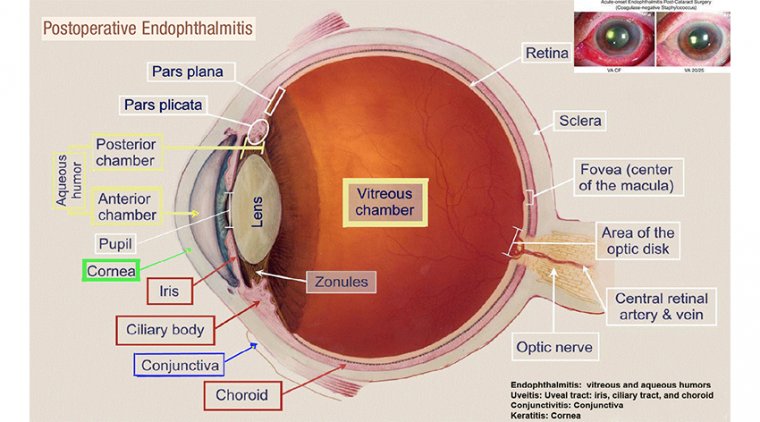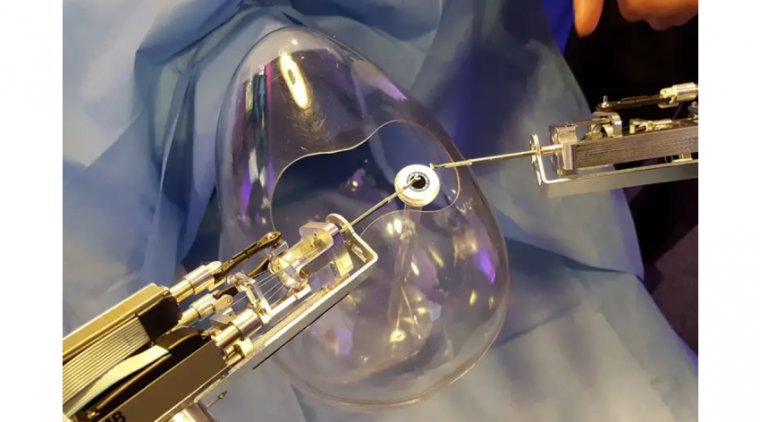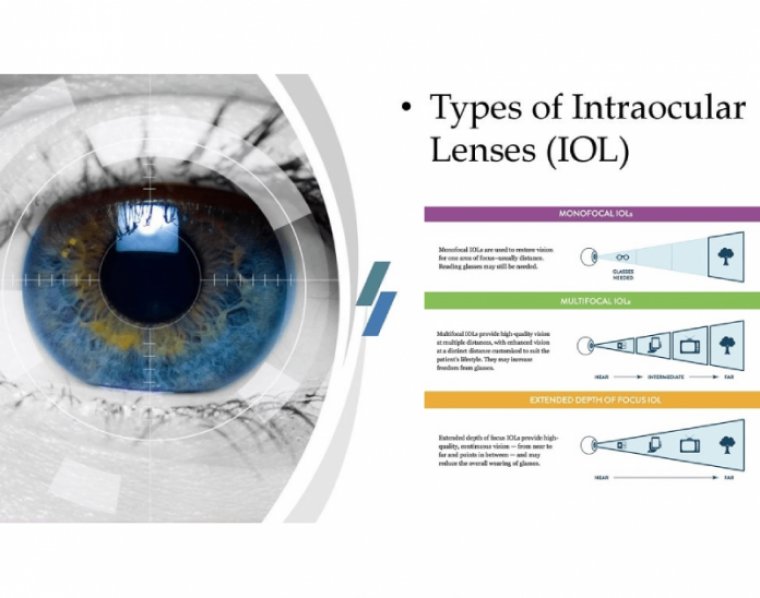
What Is The Best Lens For Your Cataract Surgery?
Cataract surgery— One of the most important decisions you will have to make when it comes to cataract surgery is selecting an IOL. IOL is short for “intraocular lens”. Cataract surgery involves removing the eye’s clouded lens and replacing it with a clear synthetic version, an IOL.
Not many people notice cataracts changing vision for the first couple of years and instead the condition then eventually spreads around enough of your lens that your vision is noticeably obscured.
Once your vision is obscured enough your ophthalmologist or optometrist will then recommend surgery. Since older adults are the ones that are more likely to undergo cataract surgery, they want better options for the improved vision that can support the lifestyle they are used to. These individuals are already used to tasks such as computer use, reading, and driving.
When thinking about which lens to choose, it is better to consider what activities you do during your day and what type of vision you need to do those activities. This will give you an idea of what vision correction will suit your lifestyle best. You can then discuss this with your surgeon and choose the best lens possible for you.
IOLs are designed to replace your eyes’ clouded natural lenses during cataract surgery. Cataract surgery is performed under local anesthesia on an outpatient basis, and people are back to their normal lives within days.
These lenses work to bend light to focus on the retina. Cataracts that form in the natural lenses will block light from hitting the entire retina or filter the light in a way that your brain doesn’t process a clear image.
There is a wide variety of IOLs, different shapes, and sizes and they are customizable to fit your unique needs.
Cataract lens implants have evolved from the standard transparent acrylic lenses with no vision correction to a wide variety of IOLs that greatly improves vision and can remove the need for glasses altogether.
Understanding Their Functions
Understanding the three clear vision distances is easier when you focus on the different types of lenses that can be used.
A mono-focal lens will allow for the clearest vision at one distance. It is uniform all the way through and only has one refractive power. These lenses are only going to focus light coming from near or a distance and can’t do both.
A multifocal lens has rings circling outward from the center. While there are many different types available, certain kinds have more advantages for distance. When these are implanted in the eye during cataract surgery, the brain and eye adjust to look through the correct part and it depends on what you are focusing on.
Trifocal IOLs will offer the best vision when compared to multifocal lenses. Trifocal lenses correct three types of vision: close-up, intermediate, and distance.
Monofocal Lenses
A monofocal lens is the most common type of lens used in cataract surgery, according to AAO. This type of lens is designed to give you crisp, clear vision at one particular distance.
Monofocal lenses correct for only one focusing distance. Typically, people will have these lenses fitted for distance vision and will need glasses for reading. Alternatively, these lenses will sometimes be used to correct for far vision in one eye and near or middle vision in the other eye.
Also, some people choose a monofocal lens just because it focuses well on items 18 to 36 inches away from the face. That is the distance at which most computers are placed, and this lens choice allows these people to do their work each day without glasses.
Others who enjoy reading, knitting, or close work choose a monofocal lens that offers crisp close images, and they plan to wear glasses when looking at things that are far away.
Bifocal Lenses
Bifocal intraocular lenses have two focal points, providing clear vision at two distances, far and near. Patients choose this option over a monofocal IOL when they wish to see clearly at an additional distance, and become less dependent on visual aids.
Multifocal Lenses
These lenses have varying magnifications at different sections of the lens so that you can see clearly at various distances.
After a brief adjustment period, your brain learns which part of the lens to look through to focus on objects that are near, far, or in between.
It adds magnification in different parts of the lens to expand your range of vision so you can see objects clearly at all distances without glasses. These types of lenses are good for patients who do a lot of up-close work or small font, paperback reading.
Trifocal Lenses
Trifocal lenses correct three types of vision: close-up, intermediate, and distance.
You may be more familiar with correction for distances far away and near, but you likely use your intermediate vision quite often.
When you look at an object that’s a few feet away, like a computer screen, you’re using intermediate vision. Correcting all three types of vision may be necessary as you age.
We can get quality vision at all distances with trifocal lenses. Using the latest trifocal lenses the patient expresses a huge visual satisfaction the following day of the surgery in most of the cases.
Trifocal lense allows three vision distances instead of just one or two that you may get with other types of IOLs. These lenses replace natural lenses in the eyes that have been darkened or clouded too much by cataracts.
They can also be used for more than just cataracts. They can be used by people who have blurry vision because of an irregularly shaped cornea.
These lenses are made from hydrophilic acrylic. Trifocal lenses give you improved near and intermediate vision, along with even better distance vision.

